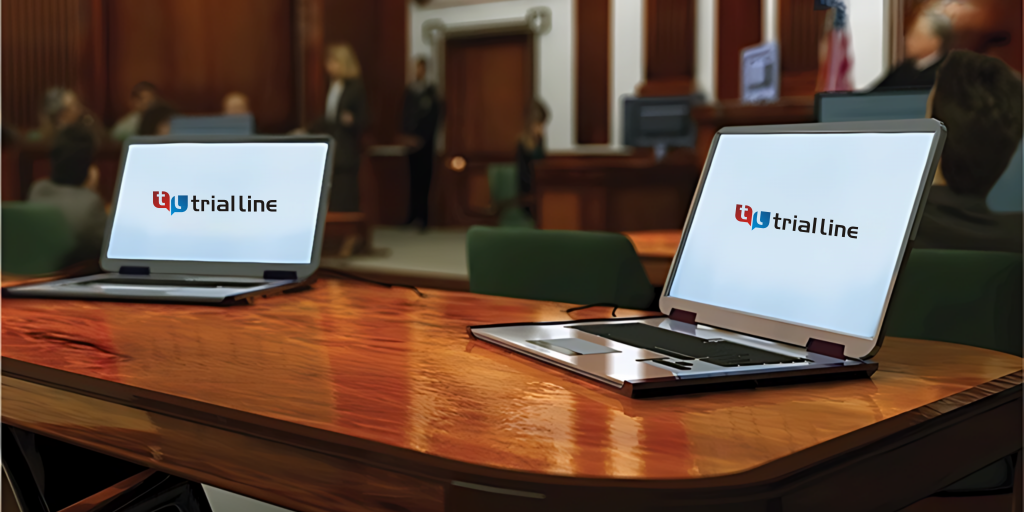How Trial Presentations Can Affect the Outcome of a Legal Case
How Trial Presentations Can Affect the Outcome of a Legal Case
Blog Article
The Power of Visuals in Test Presentations for a Winning Argument
The assimilation of visuals in test presentations has actually become a vital variable in effectively interacting intricate arguments to jurors. By utilizing different kinds of visual aids-- be it diagrams, photos, or computer animations-- lawyers can enhance understanding and retention, eventually forming the court's perception of the case. This technique not just makes clear intricate narratives however additionally develops a psychological resonance that can influence decision-making. As we explore the nuances of this method, it comes to be essential to consider how certain kinds of visuals can make a substantial distinction in test end results. What sensible strategies might attorneys employ to maximize this potential?
Value of Visuals in Tests
In numerous legal setups, visuals play a crucial duty in enhancing the performance of test discussions. The combination of aesthetic components can dramatically affect jurors' understanding and retention of complicated details, therefore shaping their assumptions and decisions. Visuals, such as charts, diagrams, and photos, can streamline intricate narratives, making them more obtainable and compelling.
Moreover, the human mind processes visual info a lot more successfully than text, which highlights the relevance of incorporating visuals into lawful arguments. By translating dense legal ideas right into aesthetic formats, attorneys can help with more clear communication, making sure that bottom lines are not forgotten throughout tests.
Furthermore, visuals serve to involve jurors on a psychological level, promoting a connection to the situation that words alone may fall short to accomplish. The calculated usage of visuals can stimulate compassion, prompting jurors to take into consideration the human facets of the instance.
Ultimately, the significance of visuals in tests hinges on their ability to enhance quality, enhance juror interaction, and strengthen the narrative being provided. This powerful mix is important for crafting persuasive arguments that reverberate with jurors and affect the result of legal proceedings.
Types of Visuals to Use
Effective trial presentations can considerably take advantage of a variety of visual tools that cater to different elements of the instance. trial presentations. Using representations and charts can successfully break down complex info, making it more digestible for jurors. Flowcharts can show the sequence of occasions, while bar graphs may succinctly compare pertinent information factors.

Animations and simulations can also play a critical function, especially in instances entailing technical data or complex situations. These visuals can dynamically stand for procedures or actions, giving clarity and interaction that fixed pictures might not achieve.
Additionally, infographics combine text and visuals to summarize necessary information successfully. They can offer timelines, statistics, and considerable case points in a visually enticing way, making it less complicated for jurors to follow the disagreement.
Enhancing Understanding and Retention

Enhancing comprehension and retention throughout trial discussions is essential for making certain that jurors understand the sites essential components of a situation. Visual aids offer as effective tools hereof, translating complex information right into easily absorbable styles. By utilizing graphes, representations, and infographics, attorneys can streamline complex data and emphasize bottom lines that might otherwise be overlooked.
Researches have revealed that individuals retain details considerably much better when it is provided visually. This is specifically important in a trial setup, where jurors may be overwhelmed by the quantity of evidence and testament. By tactically incorporating visuals, attorneys can route jurors' interest to one of the most vital aspects of the situation, enhancing their understanding and memory of the material offered.

Developing Engaging Discussions
Fascinating jurors' focus during test presentations is crucial for communicating an engaging narrative. Involving presentations utilize visual aspects to create an unforgettable experience that reverberates with jurors. The tactical usage of graphics, animations, and video clips can elucidate complicated details, making it much more obtainable and relatable.

Additionally, integrating storytelling methods can enhance interaction. Presenting proof in a logical series that builds emotional allure enables jurors to get in touch with the material on an individual level. Diverse discussion formats, such as including short video or interactive components, can likewise receive interest and interest throughout the test.
Ultimately, an interesting presentation cultivates an extra extensive understanding of the instance, enabling jurors to much better appreciate the disagreements being presented and resulting in an extra favorable end result.
Study and Success Stories
Numerous situation researches highlight the significant effect of visuals in test discussions, showing their ability to influence juror understandings and inevitably the outcomes of cases. As an example, a remarkable instance involving an injury insurance claim showed just how the usage of a 3D computer animation of the accident scene clarified complicated details. Jurors reported really feeling useful link even more informed and empathetic, significantly swaying their decision for the plaintiff.
In another instance, a corporate litigation instance made use of infographics to existing economic information and timelines, making complex info easily accessible. The visual representation enabled jurors to grasp the subtleties of the instance better than spoken explanations alone. trial presentations. Consequently, the court returned a judgment that surpassed the client's expectations
The compelling visuals not just helped in developing question yet likewise resonated mentally with jurors, leading to an acquittal. These success tales underscore the requirement of integrating visuals right into test presentations, as they boost understanding, retention, and eventually, the influential power of legal debates.
Final Thought
In final thought, the critical incorporation of visuals in trial presentations substantially boosts jurors' understanding and retention of complex information. Engaging presentations, supported by engaging instance researches, show explanation the extensive impact that visuals can have on persuasive communication.
Report this page